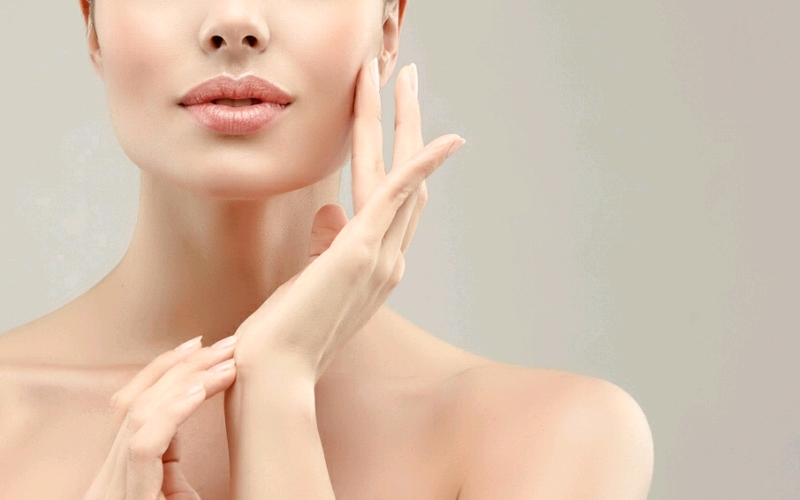The aging process is a process in which organs’ function and ability to regenerate themselves become decreased, including the skin. For example, aging processes in the skin include skin pigment changes, reduced elasticity, and skin tissue degradation. Factors that can affect the aging process of the skin are intrinsic and extrinsic. One of the outside factors that affect skin aging is a decrease in growth factors which result in the degradation of skin tissue so that the skin looks older than it should be. Aging can be prevented in several ways, such as lifestyle changes, nutrition, hormone therapy, environmental changes, and stem cells. Besides being useful for preventing aging, this method can also help maintain optimal body functions.
One of the candidates who can overcome aging is stem cells, especially those from the placenta, commonly known as amniotic membrane stem cells (AMSCs). Stem cells originating from the placenta are widely used because they can differentiate and have low immunogenicity. AMSCs are cultured, and they release several metabolite products such as cytokines and growth factors. This secreted growth factor is beneficial for wound healing and is being studied further for its use for skin rejuvenation. Vitamin C is also widely used for skin health. This water-soluble vitamin is useful as an antioxidant that can neutralize reactive oxygen species (ROS) and trigger depigmentation and collagen synthesis.
A study was conducted to compare the therapeutic effectiveness of topicalmetabolite products AMSC-(AMSC-MPs) and vitamin C using AMSC-MPs alone without vitamin C after microneedling. Micro-needling itself is a percutaneous therapy that triggers collagen proliferation. The micro-damage caused by micro-needling stimulates remodeling collagen, triggers the synthesis of new collagen, and the formation of new blood vessels that can remove wrinkles. Micro-needling in this study aims to make the growth factors and cytokines from AMSC-MPs easier to enter into the skin because holes cannot be seen from the micro-needling.
Subjects obtained through the technique consecutive will be given 3 mL of AMSC-MPs and 0.09 grams of vitamin C mixed into one. The topics selected were female subjects with photoaging II-who wanted or had used tretinoin cream 0.25% before the study procedure. The issues were patients with Dermatology and Venereology at RSUD Dr. Soetomo. Female subjects were chosen because women paid more attention to skin problems than men. It can be seen in the number of visits by female patients more (200: 9) in the Cosmetics Division of Dermatology and Venereology, Dr. Soetomo. However, patients who had keloids, active eczema, hemophilia, herpes infection, and diabetes mellitus were excluded from the study.
Before the study, subjects were given a 0.025% tretinoin cream to improve skin, minimize side effects, and accelerate wound healing. Topics will also be assessed using the facial analysis system 3D(Janus). Assessments include wrinkles, blemishes, ultraviolet (UV) spots, pores, and skin tone. After the subject’s facial skin is micro-needling, then AMSC-MPs and vitamin C or AMSC-MPs are applied according to the randomization results. This therapy will be performed three times in 4-week intervals, and assessments using Janus will be carried out at weeks 4 and 8.
A total of 60 women were the subjects in this study, and the results were right in the control group (AMSC-MPs only) and the treatment group (AMSC-MPs and vitamin C). There was an improvement in wrinkles, UV spots, and pores. Meanwhile, patches and skin color have improved, but it is not statistically significant. UV spots improved significantly at week eight, and wrinkles and pores continued to provide an improvement from week 4 to week 8.
This group also showed improvement in wrinkles than the group without micro-needling. The treatment group given additional vitamin C showed a faster improvement in UV wrinkles and bitnik than the control group because vitamin C plays a role in collagen synthesis as a cofactor for lysyl and prolyl hydroxylase to repair wrinkles. Therefore, it can be concluded that vitamin C’s addition to AMSC-MPs therapy for photoaging leads to better clinical improvement than AMSC-MPs alone.
Author: Cita Rosita Sigit Prakoeswa
Link: https://www.jpad.com.pk/index.php/jpad/article/view/1493





